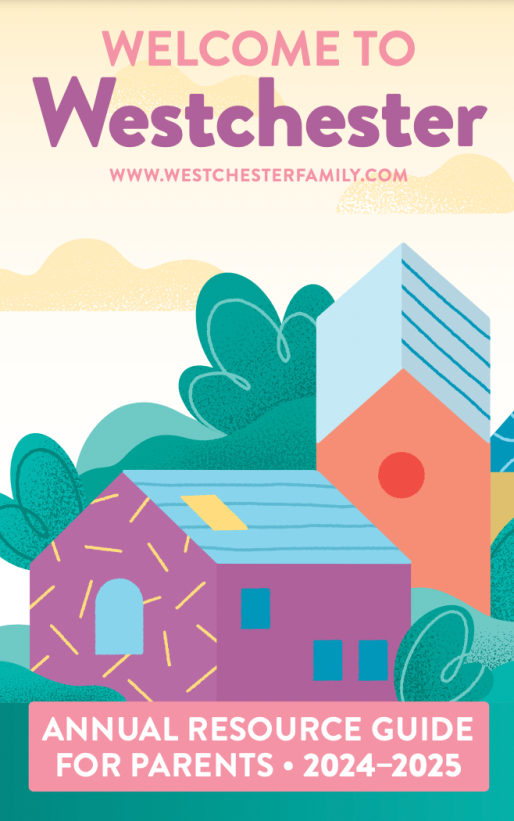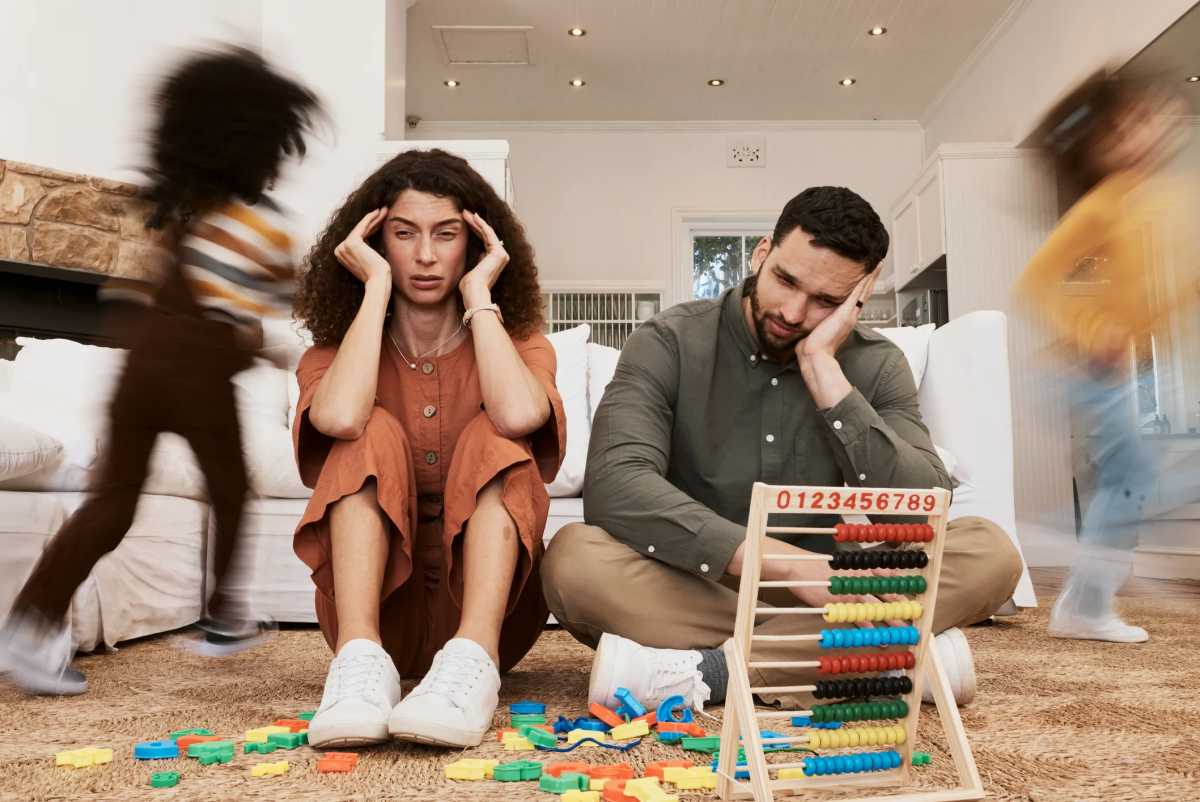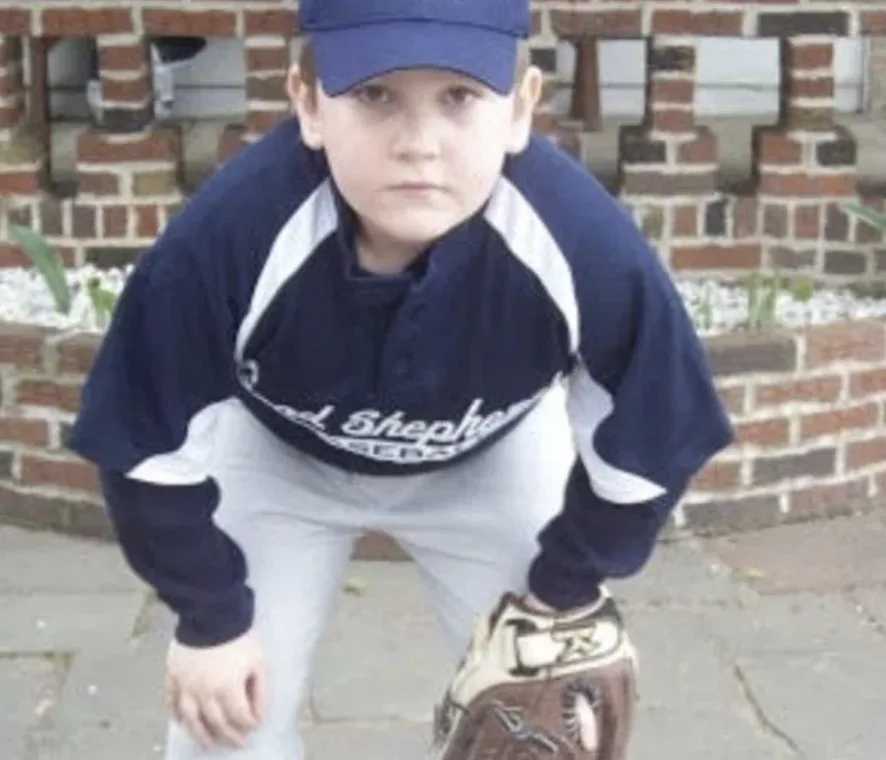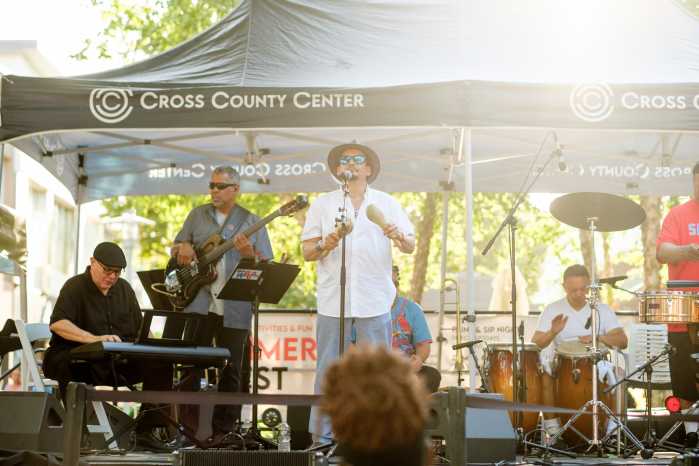What’s the best way to deal with burns?
Prevent them.
That’s the advice of Joseph Turkowski, M.D., Chief of Burn Surgery at Westchester Medical Center, flagship of the Westchester Medical Center Medical Network (WMCHealth).
“Most burns in younger children occur in the home and are potentially preventable. Many burn accidents occur because kids are curious and they explore their environment,” Turkowski says. Children are often burned by spill hazards such as hot liquids in cups or pots. The simple prevention method in this case is to turn the handles of pots and cups in, so children cannot easily reach them.
About 700 children die annually across the nation from burn injuries caused by flames, scalding and electric.
Westchester Medical Center, with the only burn center between New York City and the Canadian border in eastern New York State, deals with about 400 cases – about one third of which are children – annually, says Turkowski. “The number of cases is pretty steady despite aggressive efforts we make to educate the public,” he adds.
What Do I Do?
For parents, the key is understanding when to seek medical attention. Parents may initially underestimate a wound’s severity, Turkowski says, noting that burns can injure nerve endings, and pain and infection risk may have to be managed.
“A big burn places a large traumatic burden on the body. There are changes that occur in the body after such an injury. Patients may develop fever, a high heart rate or become dehydrated as skin loses fluid. If not treated, the wound can be damaging to the whole body,” Turkowski says.
He offers parents these tips:
•Cool the burn as soon as possible, rinsing it with cool (not cold) water.
•Remove jewelry, watches, rings and clothing around the burned area.
•Administer over-the-counter pain medications for pain relief.
•For small burns, topical antimicrobial ointments are recommended. Soothing lotions like aloe can help relieve discomfort.
•Drink plenty of electrolyte-containing fluids.
•Seek medical treatment when there is blistering, or skin comes off any area larger than the victim’s palm. Also seek treatment for burns involving the face, hands or joints. Other indications to see a physician include persistent fever or pain not controlled by medications, and spreading redness that extends beyond the burn injury. That may indicate infection.
•If unsure about a wound’s severity, go to your child’s pediatrician or visit a nearby emergency department. Maria Fareri Children’s Hospital, also a member of WMCHealth, has a pediatric emergency department and a pediatric burn program.
•Avoid home remedies such as butter and toothpaste. They can cause infections. Ice is not a treatment; it constricts blood vessels, and can deepen a burn and cause hypothermia.
A burn can happen quickly, and “a parent should not feel guilty,” Turkowski says. “It’s just as traumatic for the parent as it is for the children. We don’t hold the parents responsible; we see children with burns every day.”
Stuart Shinskie is senior editor at Westchester Medical Center.
Degrees of Burns
•First-degree: The most minor injury, such as sunburn. Skin redness subsides in three to seven days.
•Second-degree: These cause blisters, skin loss and pain from exposed nerve endings. The injury heals within two to three weeks and usually doesn’t scar.
•Third-degree: A dry and leathery wound, involving all skin layers. Treatment may involve skin grafts, the application of healthy skin from other body areas.
Visit www.westc















